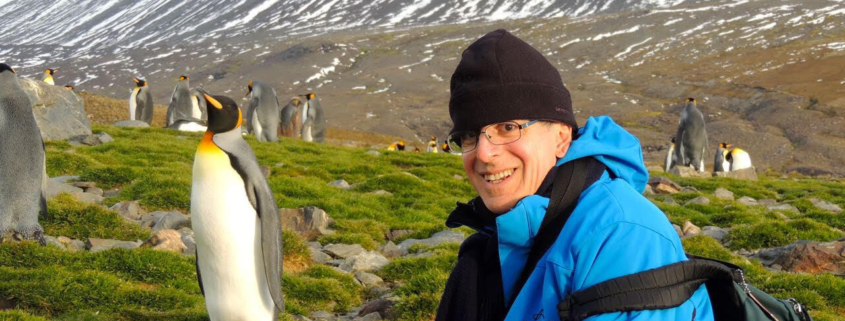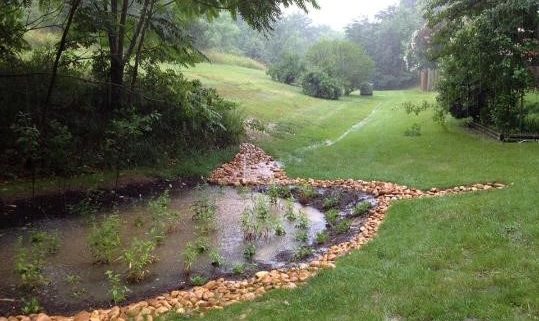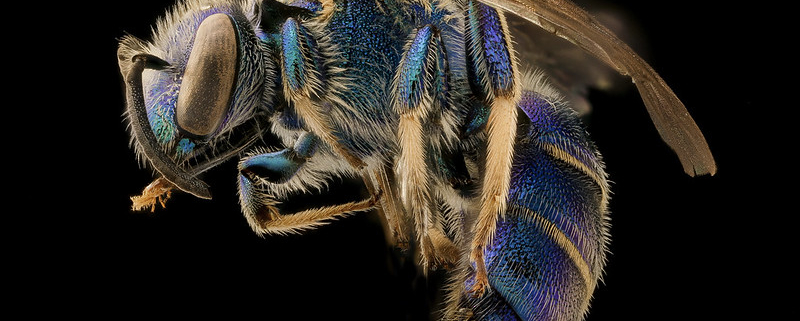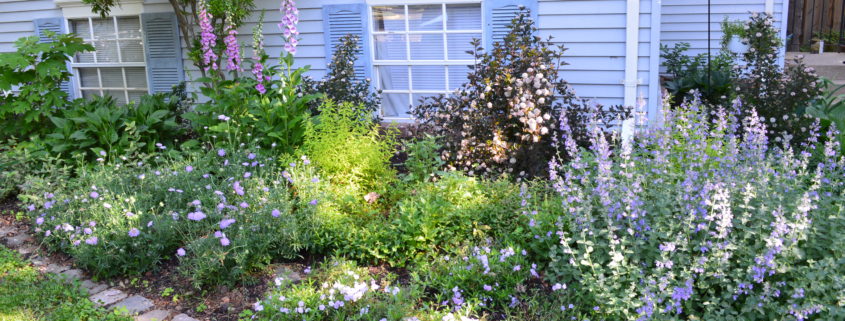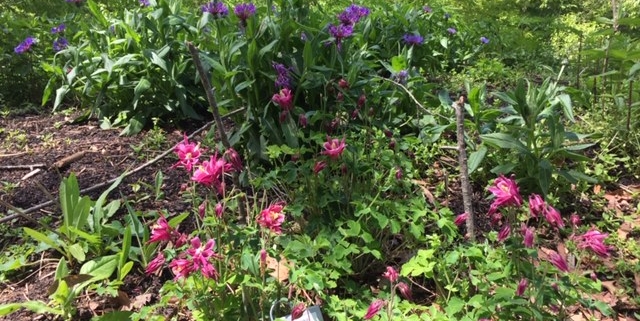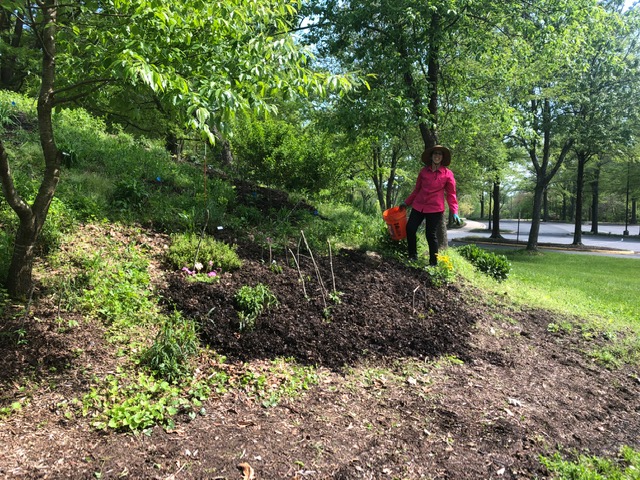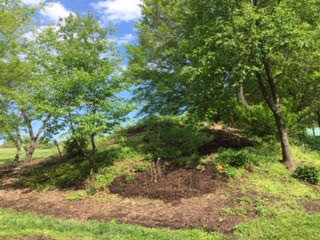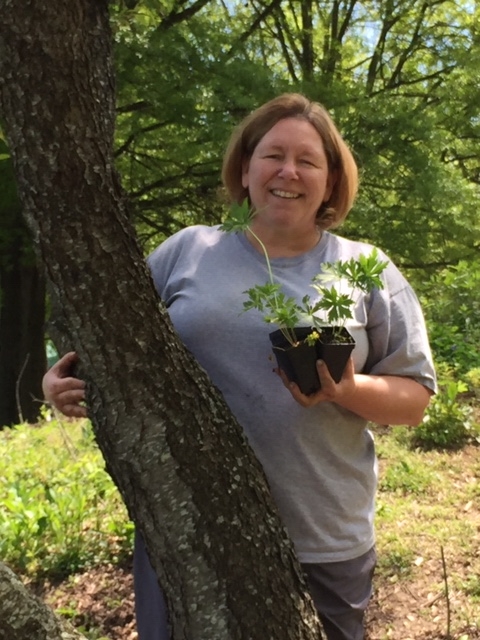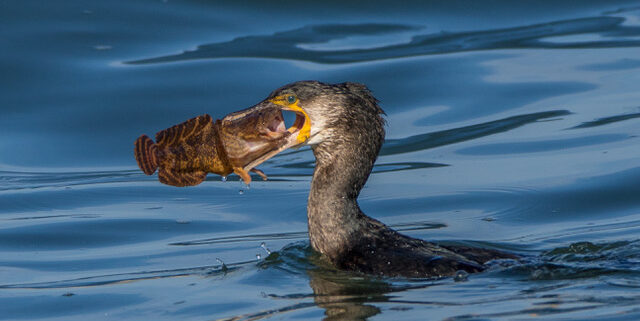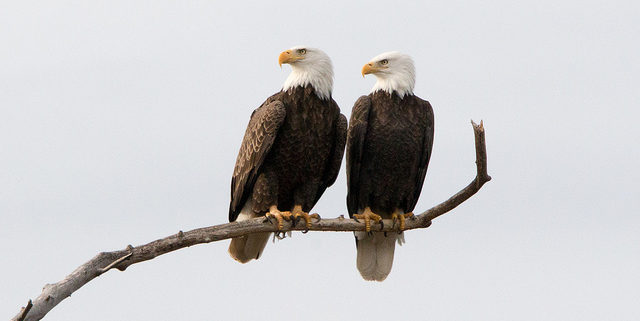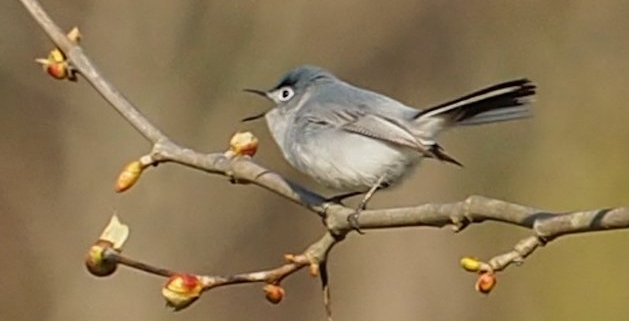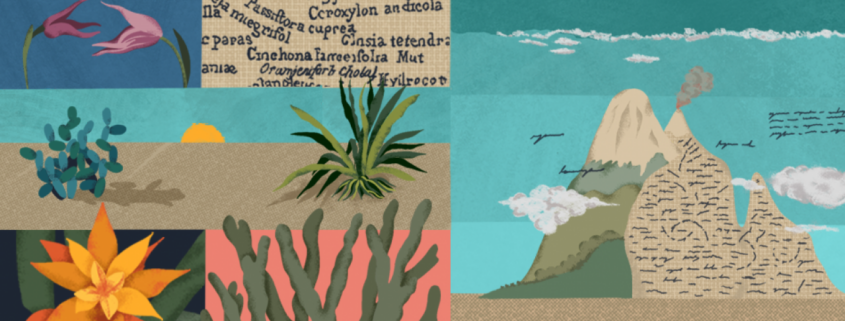Learning Lab: A free, interactive platform for discovering millions of authentic digital resources and creating content with online tools. The Learning Lab has an immense amount of content, and the Getting Started guide is a helpful resource. In addition, the weekly Smithsonian Activities Choice Boards features weekly highlights for various subject areas. Issue One and Issue Two are available now. New issues are released each Monday.
Smithsonian Open Access: Allows students to download, share and reuse millions of the Smithsonian’s images without asking permission because they have been released into the public domain.
Smithsonian Digital Volunteers Program: Allows the general public to make things like historical documents and biodiversity data more accessible. Students can join fellow volunteers to add more field notes, diaries, ledgers, logbooks, manuscripts, biodiversity specimen labels and more to the collection.
Sidedoor: A podcast for students that enlists the help of biologists, archaeologists, zookeepers and astrophysicists to tell engaging and educational stories. (Check out this one in particular, on Alexander von Humboldt: His might not be a name you know, but you can bet you know his ideas. Back when the United States were a wee collection of colonies huddled on the eastern seaboard, colonists found the wilderness surrounding them scary. It took a zealous Prussian explorer with a thing for barometers to show the colonists what they couldn’t see: a global ecosystem, and their own place in nature. In this episode, we learn how Humboldt—through science and art—inspired a key part of America’s national identity.)
Resources for PK-5: SI has also created a large google sheet with online self-directed activities for parents and caregivers that allows them to assign to children in PK-5 grades. Most of these resources are interactive games and activities.
SI Office Hours: SI is also offering office hours to better support teachers who are using these SI resources. Teachers are able to connect with a Smithsonian educator and ask further questions on how to best use the SI tools and features being offered.
Other Smithsonian Resources
Student Discovery Sets: Puts primary sources in student’s hands by bringing together historical artifacts and documents on a wide range of topics. The Student Discovery Sets are free on iBooks.
Digital Collections: Over 400 digital collections are available online, featuring content from U.S. Presidents, musicians, inventors, historic newspapers and more.
By the People: A crowdsourcing initiative that allows anyone to volunteer to improve access to history by transcribing, reviewing and tagging Library of Congress documents.
Classic Children’s books: Available for free online via the Library website.
The Library of Congress YouTube Channel: Contains a wide range of author programming, as well as content from scholars and musicians.
Ask a Librarian: The tool remains available to the public, with Librarians available to answer questions and provide research assistance.
The Library’s National Screening Room: Showcase the Library’s vast moving image collection. It is designed to make otherwise unavailable movies, both copyrighted and in the public domain, freely accessible to viewers worldwide.
Presentations and Activities: Presentations look across the Library’s online collections to explore events and issues from U.S. history and beyond.
Resources from Other Agencies


